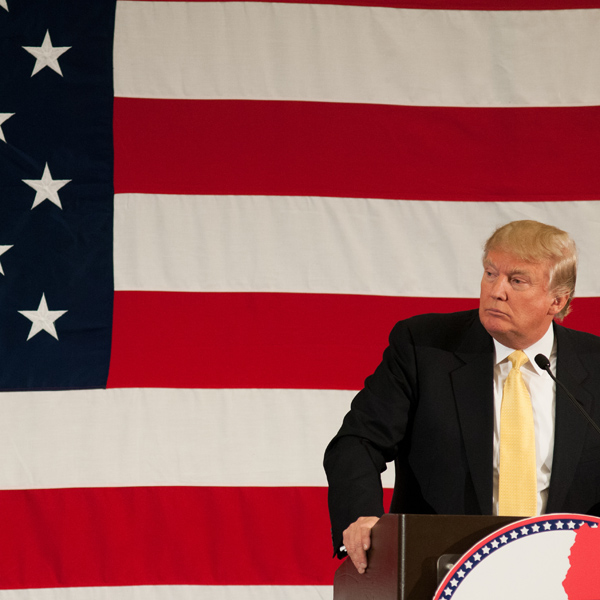IP and BigLaw: Raid, Flee, Repeat
“When times are good, we do great. When times are bad, we still do well.”
Such is the allure of a successful intellectual property practice group, but as more BigLaw firms tumble, snatching up a surviving IP group doesn’t always equal triumph for expanding general practice firms.
Dr. Paul Rauch, managing partner at Evan Law Group, says many firms misstep by forcibly melding patent practice groups into general practice models. “It’s like shoving a square peg into a round hole,” says Rauch, a former partner at Sonnenschein Nath & Rosenthal and at Oblon, Spivak, McClelland, Maier & Neustadt.
Specialized administrative personnel and docketing departments are often difficult to find and essential for a successful IP group, Rauch explains. At many general practice firms, attorney to support staff ratios can be as high as 4-to-1. Whereas, “a patent practice focused on prosecution, the ratio is closer to 1-to-1 for both secretaries and paralegals.”
While some argue that large staffs cut into profits, Rauch says the sheer volume of cases that patent attorneys handle for individual clients compared to their general litigation counterparts, some with life spans of up to 15 years, makes careful due-date tracking and diligent correspondence with the U.S. Patent and Trademark Office a Herculean task.
Insufficient training for IP practice groups is a second common pitfall for general law firms, Rauch says, especially on the West Coast. “The attrition problem in California is horrific” because of an unwillingness to properly train IP attorneys and staff, he says. As a result, “clients will often come to Midwest firms or stick with a particular attorney when he moves.”
Rauch isn’t the only one who has noticed this cycle in which big firm snap up patent practices, only to see them exit within a few years because they never quite fit in. If you’ve had a similar experience or want to share a IP/BigLaw success story, we’d like to talk to you. Contact the author of this post, Rachel Zahorsky.
Write a letter to the editor, share a story tip or update, or report an error.


